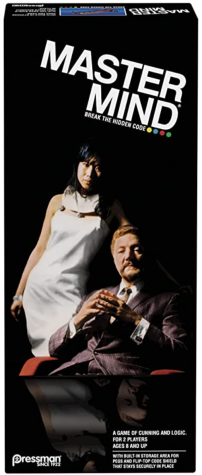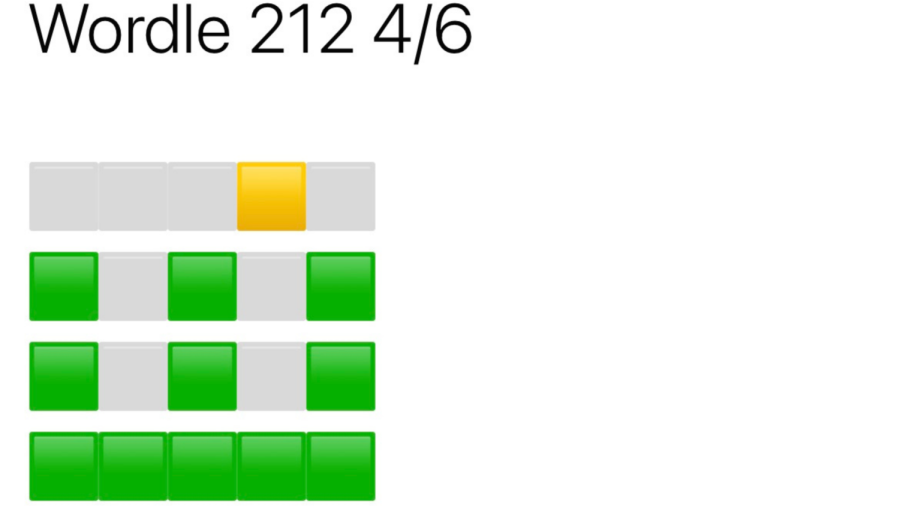Wordle, the word game you can’t stop playing, has Jewish relatives
Published January 17, 2022
I’ve never been one to be on time for appointments or super addictive internet trends. And while I was recently on time for my monthly beard trim, I find myself a bit late to the party, otherwise known as Wordle.
I first noticed my wife posting her accomplishment of solving the daily puzzle on Facebook, and soon my timeline was filled with posts featuring green, yellow and white boxes, with others doing the same. So this time, instead of completely blowing off the trend as I did with “Angry Birds,” I jumped in and am now being counted among the estimated 2.5 million people who play daily.
But, within one minute of starting, I said to my wife, “This is Mastermind.”
ADVERTISEMENT
What the heck is a Wordle?
Wordle is a simple, free, word-guessing game created by a Brooklyn software engineer named Josh Wardle. He designed it for his partner who enjoys playing word games.
The name Wordle is simply a play on its inventor’s last name. Players must guess a five-letter word by entering characters into five boxes. The game then uses color-coding to alert the player if any of their letter selections are in the word, but in the wrong position (yellow), or in the correct position (green), or not in the word at all (grey).
Pretty simple and addicting. But to be clear, as much as I give Wardle credit for creating an international internet sensation, the game is really just Mastermind.
What’s Jewish about Mastermind

Mastermind was my absolute favorite board game in the 1970s. I especially loved the James Bondeque supervillain on the game box, sitting with that smug look on his face, just looking for a fight, making us all realize that we had the power to thwart his evil plans by cracking the code.
ADVERTISEMENT
What I didn’t know back then was that Mastermind was dreamed up by an Israeli in 1970. The game was created by Israeli postmaster Mordecai Meirovitz, who presented his idea at the 1971 Nuremberg Toy Fair, where the English firm Invicta Plastics purchased the rights.
The original board game was for two players, the codemaker and the codebreaker. The codemaker selects an arrangement of four pegs from a choice of six colors and arranges these in a compartment below the board. The codebreaker selects an arrangement of four pegs, places it on the board. The codemaker then uses a second set of black and white pegs to alert the codebreaker if any of the colors were in the correct spot, or in the code, but in the wrong spot.
Sound familiar?
More than just a game
According to PJ Grisar of The Forward, Mierovitz’s creation spurred more than just creative fun over the last 50 years. The game has been a favorite of mathematicians who have studied it.
Author Clifford A. Pickover wrote in “The Math Book: From Pythagoras to the 57th Dimension, Mastermind ‘was significant, partly due to the long stream of research the game triggered.’”
As Pickover writes, “In 1977 computer scientist Donald Knuth published an algorithm enabling players to crack the code within five guesses, prompting a series of academic papers. But the applications of Meirowitz’s game didn’t end there.”
According to a 2020 Vice article marking the game’s 50th anniversary, the Australian military used the game to train its soldiers. More recently, researchers from the University of Leuven in Belgium developed a genetic algorithm for playing Mastermind and, in 2013, a Spanish team presented a conference paper that brought evolutionary algorithms to gameplay.
















